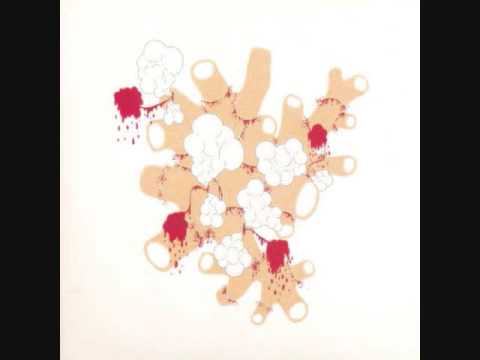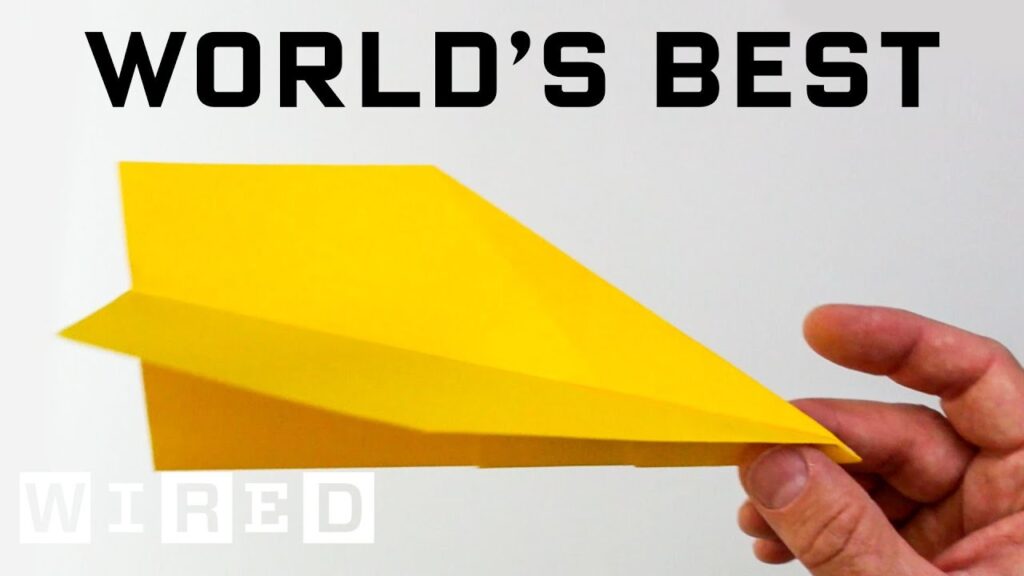Smartphone Photography: Challenges and Innovations in Night Mode
Summary
In this article, we explore the challenges and innovations in smartphone photography, with a focus on night mode. We discuss the importance of exposure and shutter speed in night photography, as well as the use of computational photography and machine learning algorithms to enhance photos. We also examine the future of photography and the potential for advancements in technology to improve the process.
Table of Contents
- Night Mode and Low-Light Photography
- Challenges in Night Mode
- Future of Photography
- Conclusion
Night Mode and Low-Light Photography
Smartphone photography has come a long way, and one of the most significant advancements is the introduction of night mode. This feature allows users to take photos in low-light conditions, even capturing star photography. The key to good night photography is exposure, which is the amount of light that reaches the camera sensor. Shutter speed, which is the length of time the camera’s door is open, also plays a crucial role in night photography.
Night mode on smartphones takes multiple photos and uses machine learning algorithms to create a composite image. This process is known as computational photography. The software in modern-day smartphones is constantly improving, and terms like HD, HDR, and smart HD are all doing the same thing – using machine learning to enhance photos. The breakthrough in low-light photography is deep fusion, which fuses photos using machine learning and computer vision. The result is a photo that is composed of multiple instances, making it look more vibrant.
Challenges in Night Mode
While night mode has revolutionized low-light photography, it still presents challenges. Capturing high-speed shots and good color, as well as managing read noise, are all challenges in night mode. Companies are using multiple lenses to capture more light, but there is still room for improvement. The speaker notes that future photography should give us “superhuman power,” allowing us to see through fog and rain and capture a wider spectrum of colors.
Another challenge in smartphone photography is the accuracy of the photos produced. Companies are providing users with a more tailored photo experience, with automatic beautification and recognition of certain features. However, the photos produced may not accurately represent reality. The speaker suggests that consumers are willing to separate reality from hallucination in order to capture the image they desire.
Future of Photography
The future of photography is exciting, with advancements in technology improving the process. The speaker showcases features of the iPhone 13 Pro and Google Pixel for low-light photography and explains the benefits of using a tripod for stability. The speaker also mentions astrophotography and the need for longer exposure times, which can be achieved with a tripod. They suggest checking out guides on wired.co for more tips on taking better photos.
The speaker emphasizes the importance of capturing unique perspectives, noting that photography allows us to see the world differently. They suggest that advancements in technology will continue to provide new opportunities for photographers, allowing them to capture images that were once impossible.
Conclusion
In conclusion, smartphone photography has come a long way, particularly in night mode. The use of computational photography and machine learning algorithms has revolutionized low-light photography, but challenges still exist. The future of photography is exciting, with advancements in technology providing new opportunities for photographers. As we continue to explore the possibilities of photography, we can capture unique perspectives and see the world differently.







